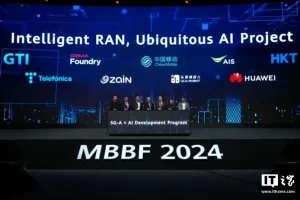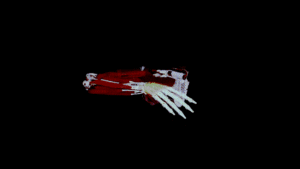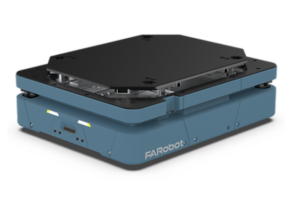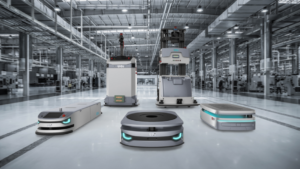The U.S. and the former Soviet Union were the first to explore firefighting robots, followed by countries like the UK, Japan, France, and Germany. In China, the development of firefighting robots began later but has progressed rapidly. Today, these robots can perform various tasks such as walking, climbing, obstacle crossing, fire suppression, surveillance, and more. Firefighting robots can extinguish fires, conduct search and rescue, monitor and detect hazards, and handle dangerous materials, allowing them to enter hazardous areas inaccessible to human firefighters and reduce the risk to personnel.

The Developmental Stages of Firefighting Robots
Firefighting robots are generally categorized into three stages of development:
- Program-Controlled Robots: These rely on remote-control systems. The first robot in this category, “Rainbow 5,” was used by the Tokyo Fire Department in 1986. These robots were slow and difficult to maneuver, limiting their effectiveness in complex fire rescue scenarios.
- Function-Oriented Robots: Equipped with sensors, these remote-controlled robots enable basic information gathering and fire suppression. While limited, they exhibit low-level intelligence.
- Intelligent Robots: The latest generation integrates advanced sensor technology, AI, machine vision, and remote control to handle complex tasks such as firefighting, reconnaissance, and rescue in high-risk environments. These robots often come with powerful fire suppression systems, high-definition cameras, thermal imaging, and gas detectors to provide reliable information and extinguishing capabilities at fire scenes.
Most of China’s current firefighting robots still fall into the first and second categories, which are remote-controlled and equipped with some sensors for data collection. The research and development of intelligent firefighting robots represent the industry’s next breakthrough goal, although achieving full autonomy in complex fire scenes remains challenging.
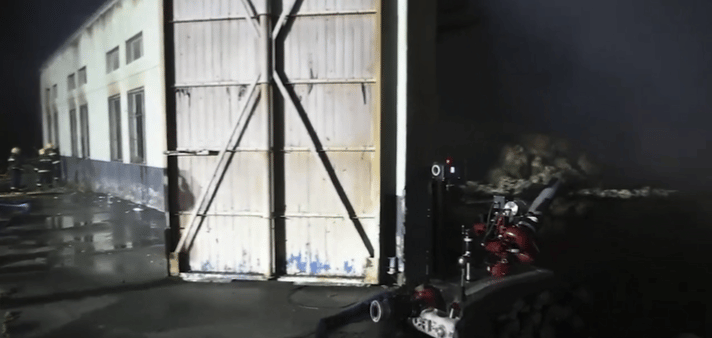
Over 20 Companies Invest in Smart Firefighting
An increasing number of companies are entering the firefighting robot market, supported by government policies designed to advance emergency management. The “14th Five-Year Plan” promotes modernization of the emergency management system, encouraging high-end equipment R&D. By 2026, China’s smart firefighting market is expected to exceed ¥400 billion.
Chinese firefighting robot companies are generally classified into two categories:
- Comprehensive Equipment Companies: These large, well-funded enterprises produce a variety of specialized equipment, including firefighting robots.
- Specialized Firefighting Robot Companies: These newer, innovation-driven companies focus on firefighting robots and often exhibit strong market awareness.
Both types of companies are anticipated to drive further technological and functional advancements. With government backing, the firefighting robot industry is poised to receive additional policy and financial support.
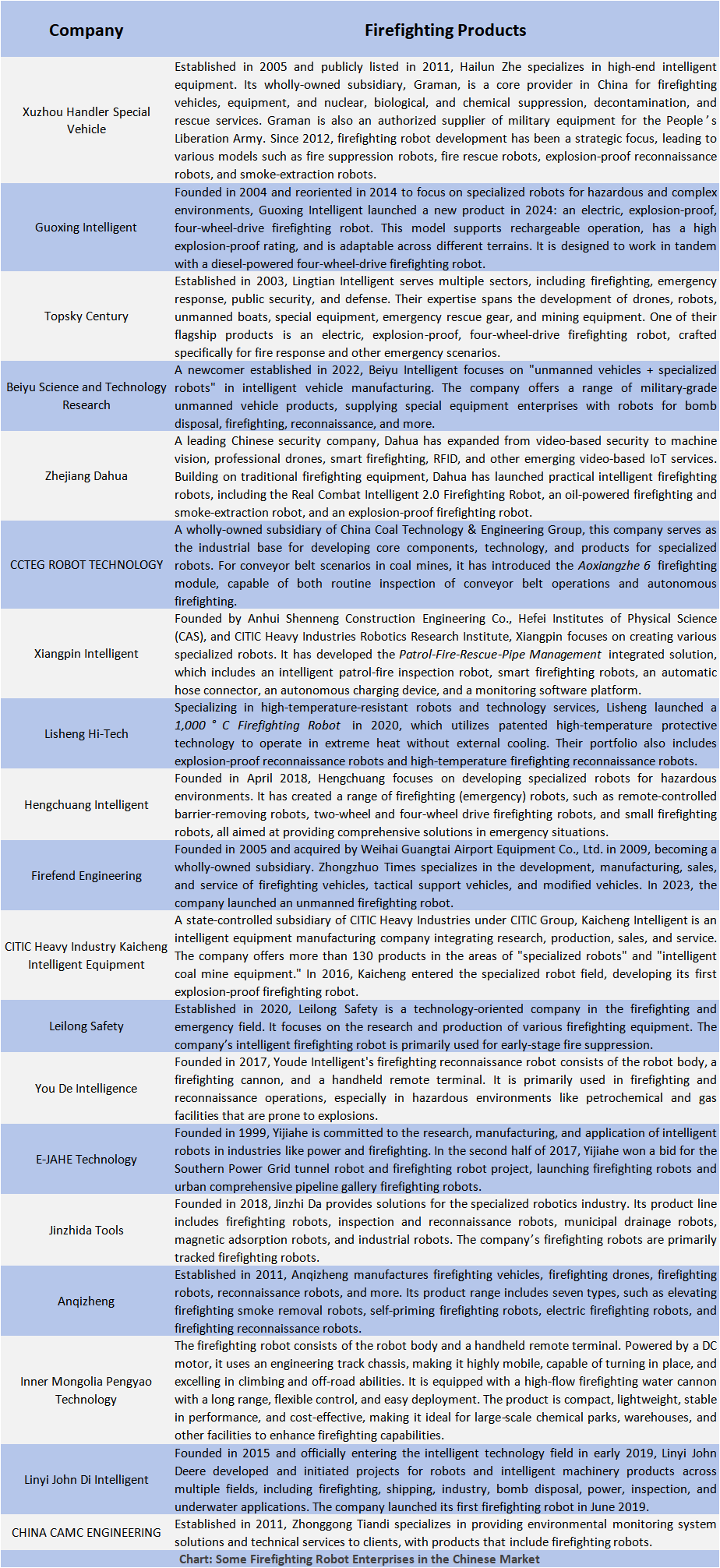
Future Directions in Firefighting Robot Development
Looking ahead, the development of firefighting robots is expected to focus on technology integration and innovation, expanded application scenarios, and industry chain optimization and upgrading. These advancements aim to improve the adaptability and effectiveness of firefighting robots, fostering growth within this promising sector.



